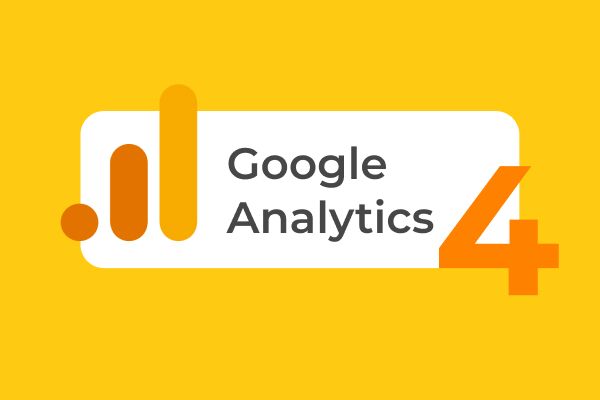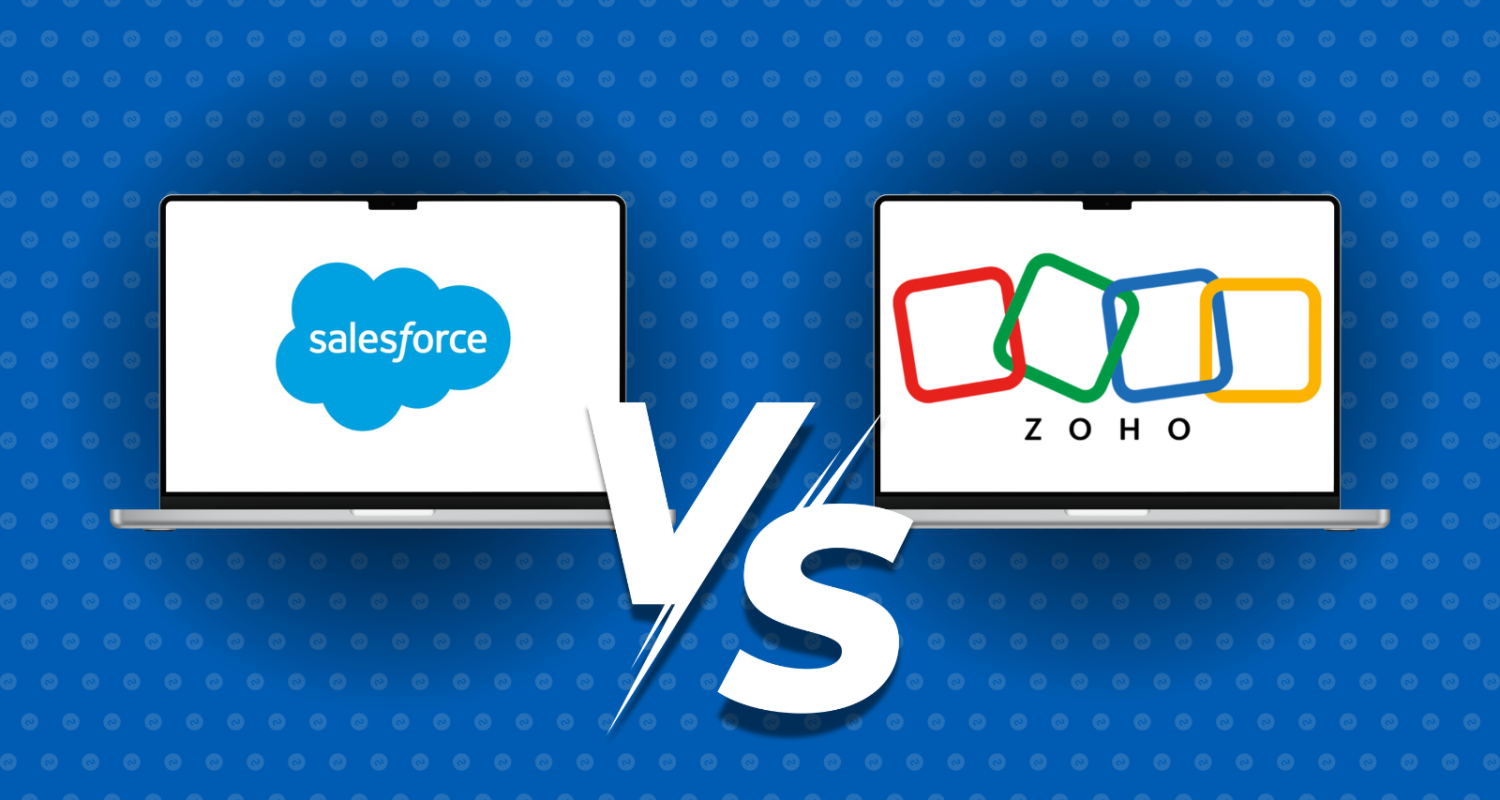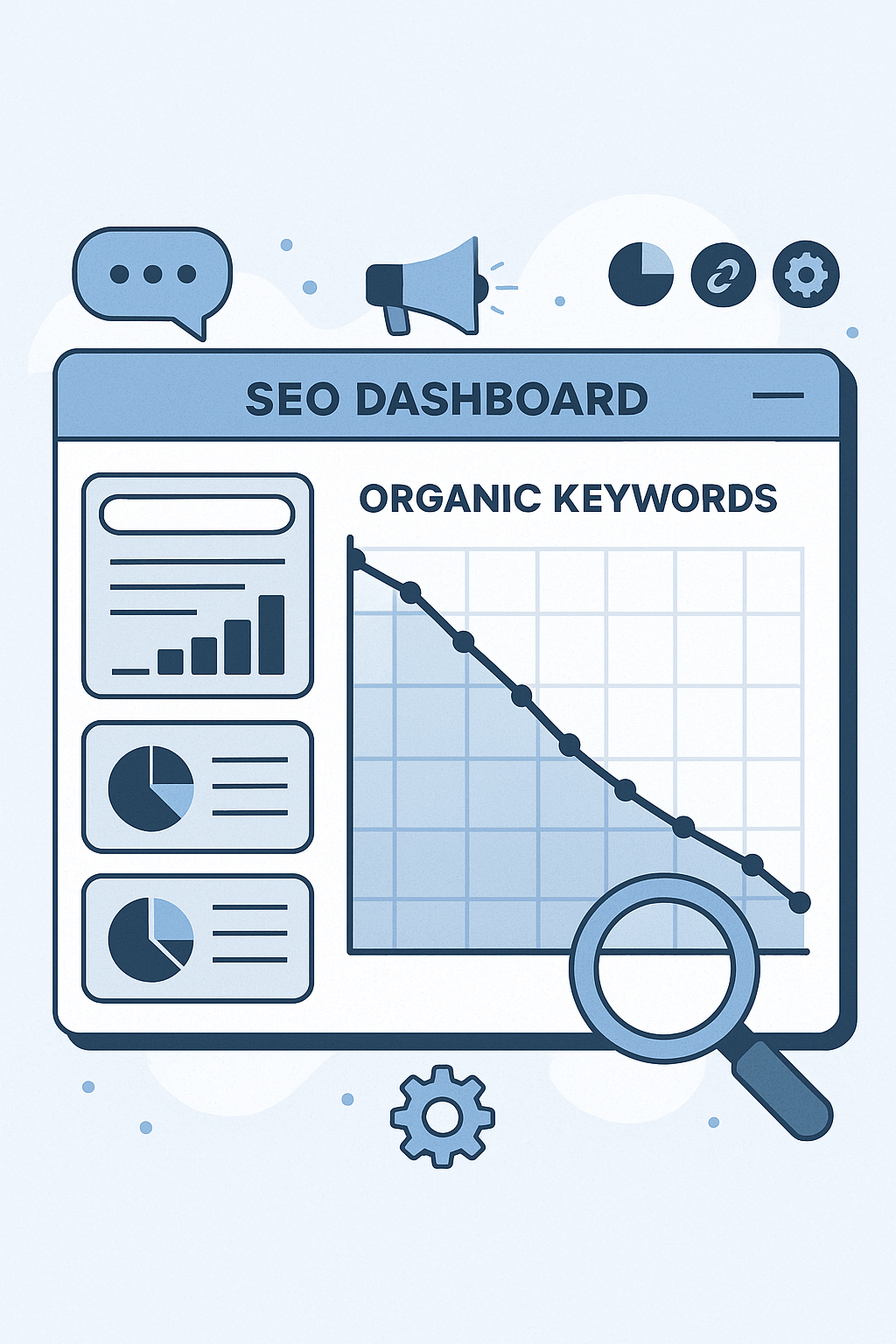Introduction
Google Analytics has been a cornerstone for digital marketers and analysts in understanding user behavior and tracking website performance. In 2024, a new update brings an exciting feature: segment sharing, which enhances collaboration and data analysis across multiple properties within Google Analytics. This feature is designed to improve workflow efficiency and provide deeper insights into user data, enabling teams to work more seamlessly together.
What is Segment Sharing?
The segment sharing feature allows users to share specific audience segments, a collection of users with common characteristics, across different properties within the same Google Analytics account. For instance, if a company operates multiple websites or applications, it can now share audience segments created in one property (e.g., the website) with other properties (e.g., a mobile app).
Previously, each property had its segments siloed, meaning teams had to recreate the same segments multiple times for different properties. This not only created duplication of effort but also increased the likelihood of discrepancies in data. Now, with the segment sharing feature, the process is streamlined, and data can be used more consistently across different accounts.
Benefits of Segment Sharing
This new feature comes with several key benefits that are making life easier for marketers and analysts alike:
-
Improved Collaboration: Teams no longer need to manually recreate segments for different properties, reducing the potential for error and saving valuable time. For instance, a marketing team can share user segments like “Returning Customers” across both a website and app property, ensuring consistency in campaign targeting.
-
Streamlined Reporting: Segment sharing helps unify data and create reports that include insights from multiple properties. Teams can now pull data from various segments into a single report, providing a more comprehensive overview of performance across multiple channels. This enables better decision-making and optimized campaign strategies.
-
Personalized Insights: With access to shared segments, marketers can create more personalized and targeted marketing strategies. Instead of analyzing user behavior for individual properties, they can now track user journeys across multiple touchpoints (e.g., users who visit both the website and app) for deeper insights.
-
Consistency in Data Analysis: Shared segments ensure that everyone is working with the same data, enhancing the accuracy and reliability of analysis. When segments are reused across properties, teams can rest assured that they are working with a unified dataset, which improves data consistency and reporting accuracy.
-
Enhanced Workflow Efficiency: By reducing duplication and manual tasks, teams can focus more on analysis and strategy rather than operational aspects. For larger organizations with several properties and teams working across multiple verticals, this can significantly streamline processes.
How to Use Segment Sharing
Implementing segment sharing within Google Analytics is a simple process:
-
Create a Segment: Start by creating a segment in one property, just as you normally would. You can use dimensions, metrics, and filters to define your segment based on specific user actions or characteristics (e.g., users who added items to the cart but didn’t complete a purchase).
-
Enable Sharing: Once your segment is created, you’ll see an option to enable sharing. You can select which properties you’d like to share the segment with. For example, if you want to share it with both your mobile app and website properties, simply check the boxes for each.
-
Analyze Data: After sharing, you can start using the segment in reports across different properties. You can apply the segment to analyze user behavior, traffic sources, conversions, or other performance metrics. By applying the same segment across multiple properties, you gain a unified view of how specific user groups engage with your brand on different platforms.
Practical Use Cases
This feature is particularly useful for businesses operating across multiple platforms or geographical locations. Here are a few practical applications of the segment sharing feature:
-
E-commerce Companies: An online retailer with both a website and mobile app can create segments like “High-Value Customers” or “Users Who Abandoned Cart” and share these segments across both platforms. This allows the team to monitor the behavior of these users consistently and retarget them more effectively.
-
Multinational Brands: A global brand with several regional properties can share audience segments such as “Returning Visitors” or “Newsletter Subscribers” to ensure uniformity in user data analysis across different markets.
-
Marketing Agencies: Agencies managing multiple client accounts can benefit from sharing commonly used segments across different client properties, reducing duplication of work and ensuring consistent reporting standards.
Challenges and Limitations
While the segment sharing feature brings numerous benefits, there are a few considerations to keep in mind:
-
Privacy Concerns: Sharing audience data across multiple properties could raise privacy concerns, especially in regions with strict data protection regulations like GDPR. Businesses must ensure that data sharing complies with relevant privacy laws and user consent guidelines.
-
Segment Size Restrictions: For smaller properties with limited traffic, segments might not contain enough users to generate meaningful insights when shared across multiple properties. In such cases, it’s important to ensure that segments are large enough to provide actionable data.
-
Learning Curve: While the feature itself is relatively simple, teams may need some time to get accustomed to its implementation and learn how to optimize its use for maximum impact.
Looking Ahead
Google Analytics continues to evolve, and the introduction of segment sharing is a significant step toward creating a more collaborative and data-driven ecosystem for marketers. As businesses become increasingly multi-platform, tools that allow for seamless integration of data across properties will become indispensable.
In the future, we may see Google Analytics further expand this feature, possibly enabling even more granular controls, such as sharing segments with external accounts or partners. For now, the segment sharing feature offers an excellent way to unify data and streamline processes across multiple properties.
Conclusion
Google Analytics’ segment sharing feature represents a significant advancement in how teams handle and analyze data. It enables businesses to improve collaboration, enhance reporting accuracy, and create personalized insights by leveraging shared audience segments across different properties. By adopting this feature, marketers can save time, reduce errors, and gain deeper insights into their audience’s behavior across various platforms.
This feature is particularly valuable for businesses with multiple websites, apps, or regions, as it ensures consistent data analysis across all channels. As data becomes more central to marketing strategies, tools like Google Analytics’ segment sharing feature will continue to drive more informed, efficient, and effective marketing decisions.












